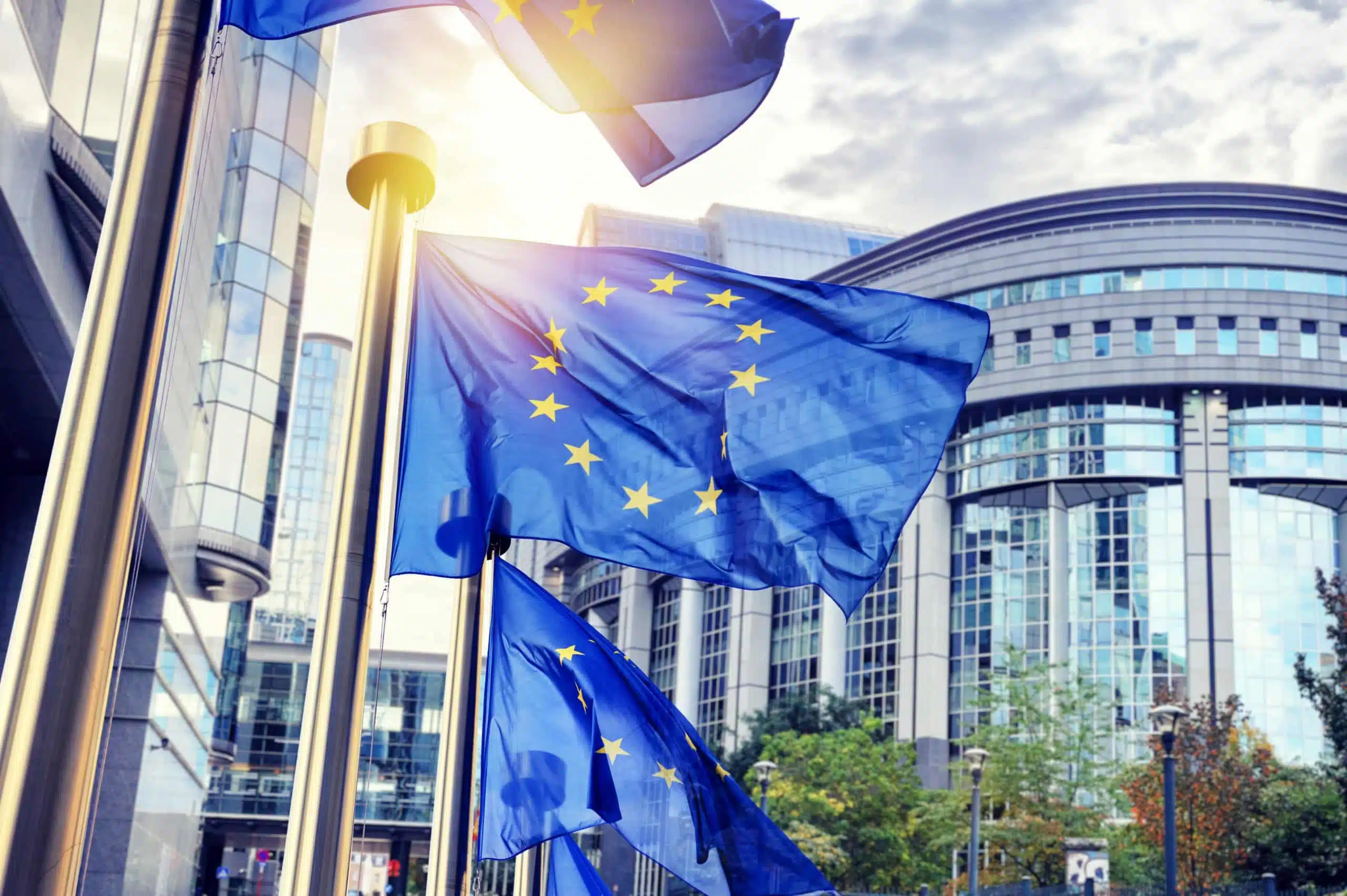The European Medical Device Regulation (EU MDR 2017 745) is a comprehensive set of requirements aimed at ensuring the safety, quality, and efficacy of medical devices within the European Union.
It replaced the previous Medical Device Directive (MDD) and places stricter requirements on manufacturers, notified bodies, and other stakeholders involved in the medical device industry.
While the EU MDR 2017 745 (get the regulation here!) brings numerous improvements, it also poses several challenges that need to be addressed.
In this blog, I briefly discuss five of the challenges under the European Medical Device Regulation:
Reclassification and Increased Scrutiny
Under the EU MDR, many medical devices that were previously classified as low-risk will be reclassified as medium or high risk.
This reclassification requires manufacturers to meet stricter requirements and undergo additional scrutiny before their devices can be placed on the market.
This increased scrutiny and reclassification process have resulted in a significant backlog of applications, creating challenges for both manufacturers and notified bodies.
EU MDR Implementation Timelines and Capacity Issues
The EU MDR introduces a set of complex and detailed requirements, necessitating significant changes in processes and documentation for manufacturers.
The transition period for compliance with the EU MDR has proven to be challenging, as many manufacturers have struggled to meet the new requirements within the specified timelines.
Additionally, the limited capacity of notified bodies to handle the increased workload has further exacerbated the situation.
Clinical Data and Evidence Requirements under the EU MDR
The EU MDR places a greater emphasis on clinical data and evidence to demonstrate the safety and performance of medical devices.
Manufacturers are now required to provide more robust clinical evidence, including clinical evaluations, post-market clinical follow-up, and risk management plans.
This increased burden of clinical data collection and analysis has presented challenges for manufacturers, particularly smaller companies with limited resources.
Supply Chain and Economic Implications
The EU MDR requires greater traceability and transparency throughout the medical device supply chain.
Manufacturers are required to have better control over their suppliers and ensure that all components and materials used in their devices meet the necessary quality and safety standards.
This increased scrutiny of the supply chain has resulted in additional costs and logistical challenges for manufacturers, potentially impacting the availability and affordability of medical devices.
Notified Body Capacity and Designation
The EU MDR places a greater reliance on notified bodies for conformity assessments and certification of medical devices.
However, there are concerns about the limited number of notified bodies that have been designated under the EU MDR and their capacity to handle the increased workload.
This has led to delays in the certification process and a backlog of applications, affecting manufacturers’ ability to bring their devices to market.
Data Protection and Cybersecurity
The EU MDR includes provisions for enhanced data protection and cybersecurity for medical devices.
Manufacturers are required to implement measures to protect patient data and ensure the security of their devices against cyber threats.
However, the rapidly evolving nature of cybersecurity challenges and the need for continuous monitoring and updates pose ongoing challenges for manufacturers to maintain compliance and stay ahead of potential risks.
Conclusion
In conclusion, while the European Medical Device Regulation aims to improve the safety and performance of medical devices, it also presents several challenges.
Need Training?
If you would like to learn more about the EU MDR, Comply Guru offer an industry-leading CQI, IRCA & Exemplar Global Accredited EU MDR Practitioner Training Course (20hr) that can be completed Anywhere, Anytime.
It was designed specifically for Quality & Regulatory Professionals who want to gain an understanding of the EU MDR from an industry and notified body perspective.

Eoin Philip Kelly



